What Is Metal Roofing?
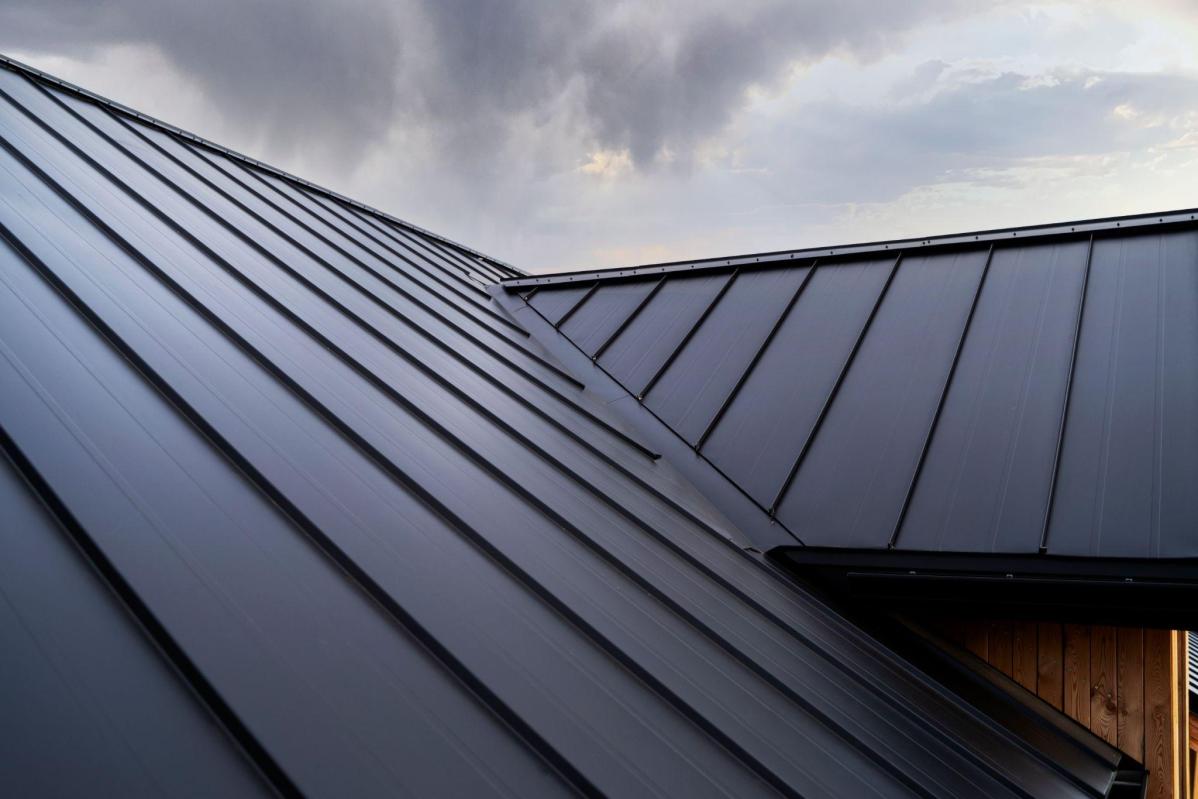
A metal roof is a type of roofing material distinguished by its high resistance, impermeability, and durability. It is a part of the construction envelope. Alloys made of zinc, copper, and steel are frequently used. Although metal roofing has recently become more common among households in Malaysia, it has long dominated the industrial sector. Factories, barns, military barracks, warehouses, and other industrial structures have benefited from the metal roof's unmatched resilience, longevity, high ROI, and low maintenance requirements.
Metal Roofing vs. Traditional Roofing
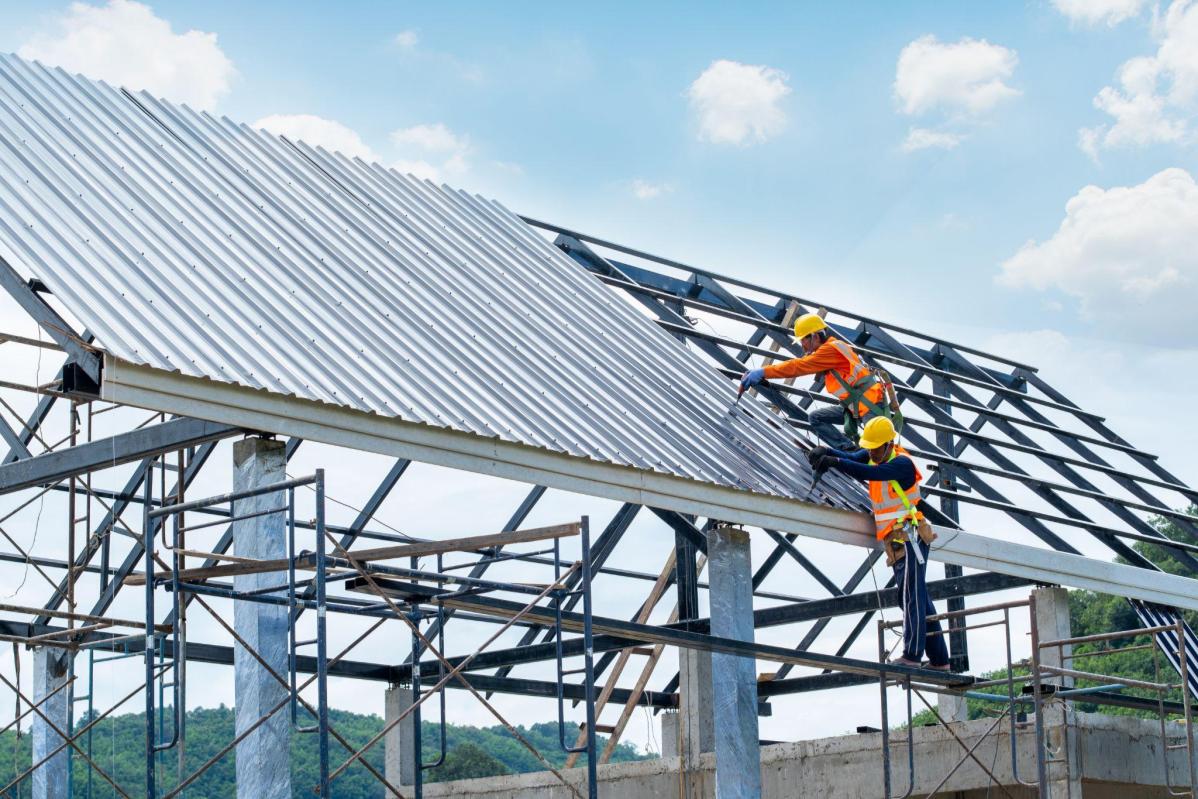
Metal roofing is slowly becoming the roofing option Malaysian homeowners want for their homes. As homeowner awareness increases, so does metal roofing's market share. Here is how metal roofing compares to other types of roofing materials.
Asphalt shingles vs Metal shingles
Asphalt shingles are the least expensive roofing material available, but homeowners have unfortunately learned that less expensive sometimes means better. Asphalt shingles have considerable drawbacks when it comes to energy efficiency, durability, and sustainability. Similar in appearance to asphalt shingles, metal roofing shingles offer the strength and lifespan that only metal can offer. Although it may be pricier, a metal roofing provides more durability that can last for a long time and even increase market value of your home.
Wood shingles vs Metal shingles
Wood roofs were prevalent until the early 1900s when more long-lasting roofing materials hit the market. Cupping, splitting, and other problems with wood shingles and shake roofs make them extremely vulnerable to wind uplift, highly flammable, require flame retardants and other treatments, plus, they even fade to grey after brief exposure to the elements. These problems necessitate ongoing maintenance and repairs. Fortunately, metal shake roofing materials combine the toughness of metal with the rustic charm of the wood. This is because the material differs vastly from wood, delivering assurance that your home will not go through any fires or be blown off by strong winds.
Clay or concrete roofing vs Metal roofing
Despite being an essential design component, concrete or clay tiles are one of the most expensive, brittle, and high-maintenance roofing materials. You can only imagine what would happen to a clay tile roof in areas susceptible to hail, hurricanes, tornadoes, high winds, and storm debris. This is due to the fact that clay tile roofs are so delicate that even stepping on them for routine maintenance can cause damage. Roofs made of clay and concrete tiles are also incredibly heavy. Metal roofing can withstand harsh weather due to its solid form. Additionally, even if you step on your metal roof, it can support your weight without breaking under pressure.
5 Common Types of Metal Roofs ( Introduction with pros and cons)
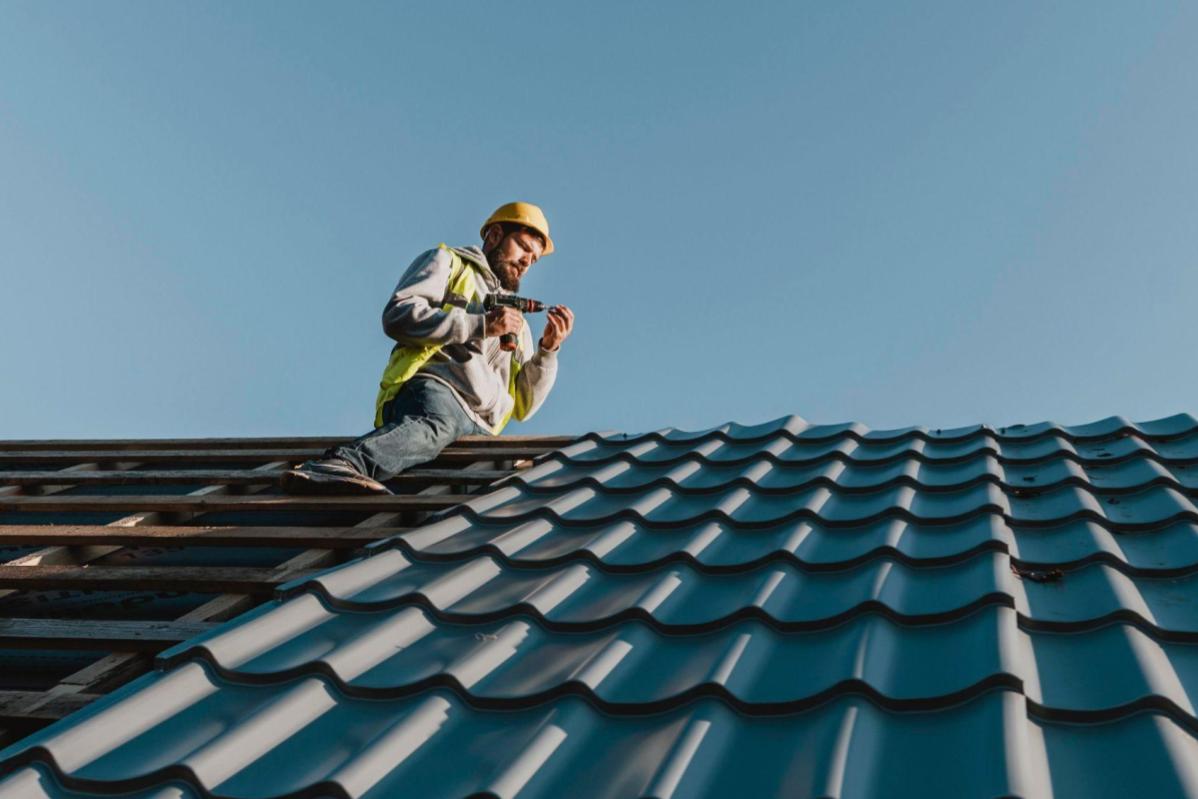
The popularity of metal roofing is frequently attributed to its adaptability, range of choices, and capacity to be specifically tailored for each distinct structure, including colour, shape, style, and many other factors. Given that there are approximately 100 metals on the periodic chart of elements, the phrase "metal" is relatively broad when referring to roofing. Here are 5 of the most popular types of metal roofing found in the market.
1. Aluminium
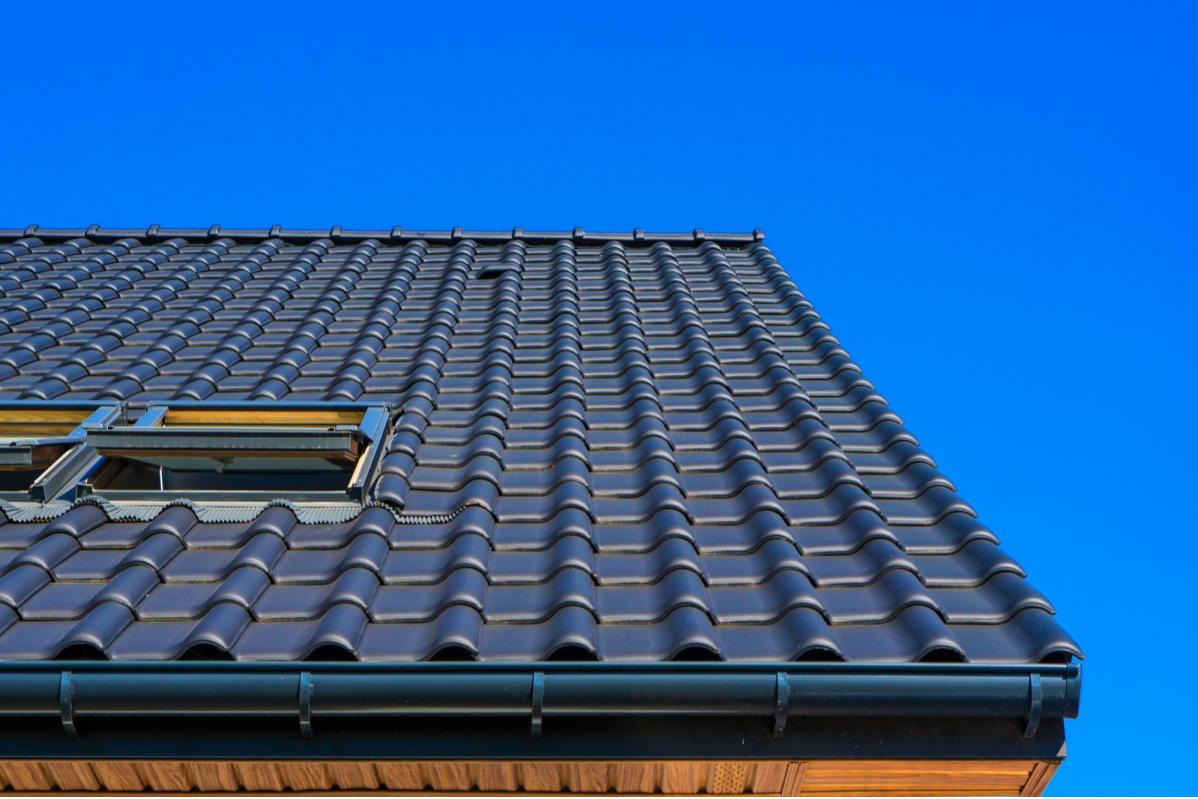
Coastal climates frequently come highly recommended for the use of aluminium metal roofing. This is mainly because aluminium is less likely than other metal roofing materials to rust when exposed to seawater. Although it's a popular misconception that an aluminium roof is immune to corrosion, the truth is that it's a highly active metal that responds almost rapidly to climatic conditions. A layer of aluminium oxide is formed when the oxygen in the environment reacts with the exterior layer of aluminium roofing material. This layer successfully protects the metal's interior layers from further corrosion.
Although it may provide better corrosion protection, it is also more expensive than alternatives that use aluminium as a coating. Although the strength-to-weight ratio of aluminium roofing material is higher than steel, the cost issue frequently leads to panels that are too thin for their surroundings. This can cause damage to the roofing material in areas with intense environmental pressures like hail, high winds, or high temperatures. It is essential to choose the proper design by accurately assessing the environmental stresses that your aluminium roof will experience.
Pros
- High corrosion protection- Energy efficient
- Environmentally-friendly
Cons
- Prone to denting- Costly
- Can be damaged if too thin
2. Copper

All around the world, copper roofs have been in use for millennia. Due to its extreme softness, copper is one of the quietest metal roofing materials. Thanks to improved installation techniques, all metal roofing is now advised to use adequate substrates and insulation to reduce noise from rain or hail at the same level. In optimal conditions, copper is durable and can endure well over 200 years. Additionally, 100% recyclable copper roofs are excellent choices for green roofs.
Due to its softer nature, copper roofing may be easily damaged in areas where hail or heavy rain is expected. Because copper is a weaker metal, hailstones can easily dent it. Copper has the propensity to expand and shrink in response to temperature changes. While this is manageable with the right panel or shingle, it must be carefully considered when selecting this metal.
Pros
- 100% recyclable- Quietest metal roofing option
- Long-lasting
Cons
- Extremely soft metal- May be easily dented
- High tendency to expand and contract when temperatures fluctuate
3. Zinc

Zinc is an excellent metal that can endure for over a century and use its patina to mend nicks over time. Due to its innate ability to be easily moulded and manipulated into remarkable shapes, zinc is a choice for commercial applications. Compared to other roofing metals, zinc has a lower melting point. Due to its lower melting point, manufacturing zinc as a building material uses up to one-fourth as much energy as processing steel or copper. Even in comparison to copper or steel, zinc is 100% recyclable and readily available in most local marketplaces, making it a very environmentally friendly material.
The expense and the aesthetic chalking effect of zinc are its two significant drawbacks. Zinc, like copper, needs to be installed by a professional to benefit from its advantages as a building material. Zinc, like most bare metals, will patina into a blue/grey look if left untreated. This frequently produces a chalk residue that many people find unpleasant around regions where water runs.
Pros
- Can be easily manipulated into different shapes- Low melting point
- Takes less time to process
Cons
- Chalking- Requires expert installation
- Patina process can be slow to occur
4. Steel

An alloy, steel is created from iron and other components. Steel roofing, which is used in every element of construction and has frequently been one of the materials most frequently encountered on a commercial construction site, is increasingly frequently used in residential construction. The majority of the steel we use today is created from recycled materials rather than new, despite the fact that the initial development of steel can be a more energy-intensive process than the creation of a metal like zinc. Steel is really the most recyclable material in the world, making it a very eco-friendly building element.
Over the past 50 years, steel roofing has made significant progress and can now be used to imitate copper, zinc, and other more expensive metal roofing materials. This is accomplished using paint methods that provide a painted outcome that mimics the aged patina of metals like copper, zinc, or even weathered steel. These options are great for remodels, restoration, and new construction projects because they frequently come with lengthy warranties.
The affordability and versatility of steel make it superior to the other materials on this list. Steel has always been the go-to material for commercial and residential buildings due to the higher cost of alternative metals, and this trend seems to continue.
Pros
- High level of recyclability- Slow corrosion process
- Better surface protection
Cons
- Can be vulnerable to scratches- May acquire cut edges from external damage
5. Tin
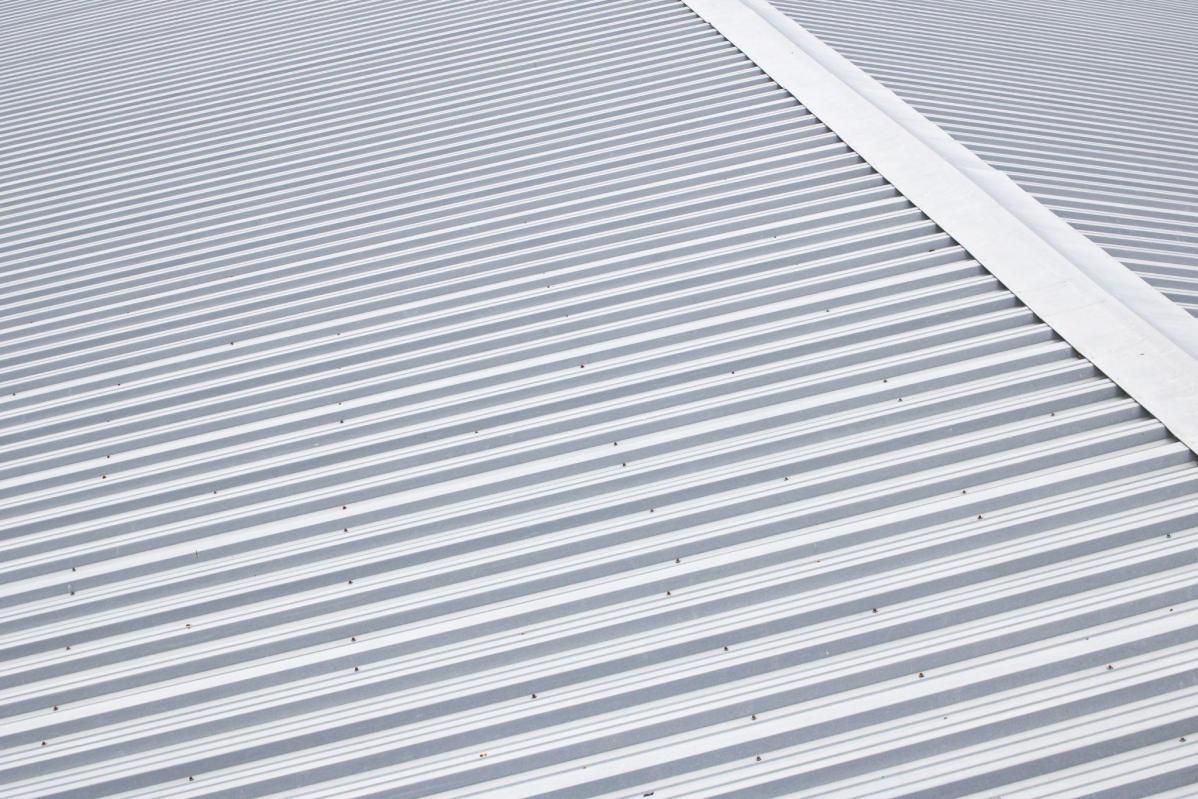
.
Metal roofing, steel roofing, or galvanised steel are all used interchangeably with the word "tin roofing." Tin is a sort of metal that isn't frequently used for roofing. Like copper or zinc, tin is an element in and of itself. Tin was first utilised as a canning material, but when alternative materials weren't accessible, rural do-it-yourselfers flattened the material and used it as a shingle. Tin roofing can be easy to install and also cheap, depending on how much roof you want to cover.
In today's modern world, tin roofing usually refers to galvanised steel or aluminium material rather than tin roof sheets. Tin is no longer a popular choice for building materials, and tin roof sheets have disappeared, even though metal still has many applications in science and technology.
Pros
- Cheap to acquire- Easy to install
Cons
- No longer used in roofing- Not as durable as other metal roofing options
Summary
These metal roofing options each have strengths and weaknesses. The installer you select, the site of your construction, the metal roofing supplier and the loads and strains it will endure will all play a role in selecting the best metal to utilise for roofing. Always work with skilled roofers and metal roofing supplier who have experience with metal roofing and the particular metal you intend to employ.




